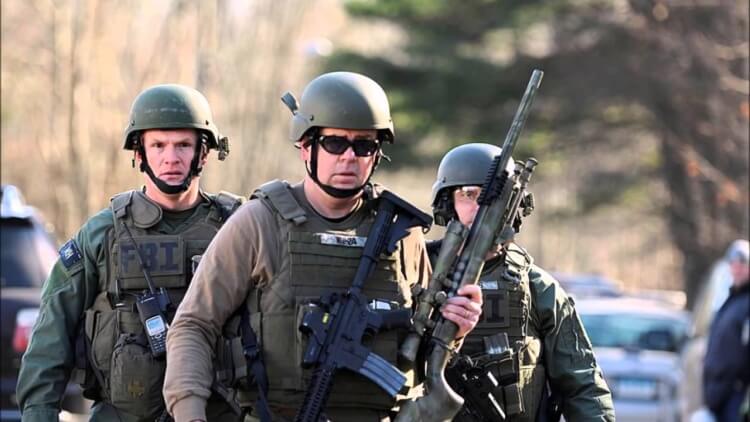Last month, I suggested that the newly created Let’s Move, Active Schools initiative offered physical educators a special, necessary, but time-limited chance to transform K-12 physical education. I’m optimistic that some teachers will respond to this challenge, but concerned that for far too many business will continue as usual. It worries me when colleagues assume that physical education’s future in public education is somehow guaranteed. It isn’t. Ask any of the dozens of teachers around the country whose programs and positions have been cut in the past few years.

Like most of us, those teachers assumed their jobs were secure until suddenly, and often with little warning, they found themselves victims of the current obsession to raise academic scores, or victims of budget cuts resulting from the economic recession. Too late and without much support they protested their relevance. Instead, they discovered that many education decision-makers neither appreciated nor valued physical education’s contribution to children’s education. Like switchboard operators, typists, milkmen, travel agents, elevator operators, and others in vanishing professions, these unfortunate physical educators learned that nothing lasts forever.
Physical educators are forever destined to be the victims of the decision-making whims of others unless we show more initiative in shaping our professional future. It was this desire that motivated the creators of NASPE’s PE2020 initiative that began in 2011 with a national forum at the San Diego national AAHPERD Convention. The resulting recommendations proposed a framework for futuristic thinking. Since then, some of the suggestions have contributed to a rethinking about where physical education should be headed.







